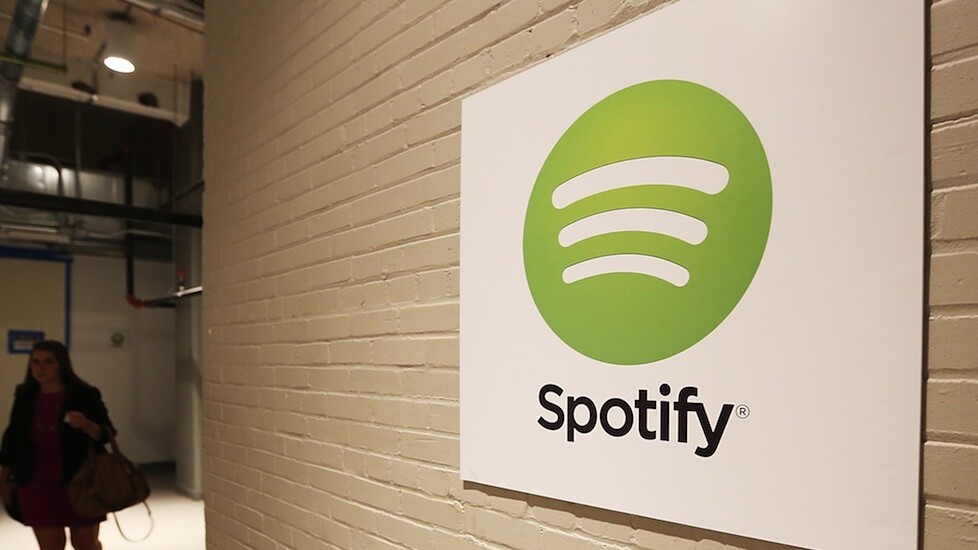
Music streaming service Spotify has been under fire from several musicians. Much has been said about how much or how little streaming services actually pay artists who host music on their platform. Notoriously, Radiohead frontman Thom Yorke has called Spotify “the last desperate fart of a dying corpse.”
In an effort to address the criticism from musicians and provide greater transparency, Spotify has launched a website explaining how its business model works.
The Spotify Artists website lays out details of how it calculates payouts for artists who have their music streamed on the platform. It aims to persuade artists that “per-stream” payouts aren’t the be all and end all — instead the company calculates artist payments from a basket of factors.
Spotify clarifies that it pays out the majority — nearly 70 percent — of all its revenue from advertising and subscription fees to rightsholders, and this includes artists.
The company explains that in general, it pays royalties based on an artist’s popularity on the service. “For example, we will pay out approximately two percent of our gross royalties for an artist whose music represents approximately two percent of what our users stream,” it notes.
The new website shows how the Spotify royalty system works — the formula is based on the total revenue Spotify makes in a month from advertising and subscriptions, an artist’s popularity on the service, royalties paid to master and publishing owners, and an artist’s contractual royalty rates.
This essentially means the eventual payout varies accordingly — depending on the country where the music is being streamed, the number of paying users, the overall volume of music being streamed, and the artist’s royalty rate.
“Per-stream is a really flawed way of thinking about it – it’s not the way we pay or the way our model is built, and it’s not the way people should be measuring it – but we appreciate people do talk about per-stream payments and want to ask the question,” Mark Williamson, director of artist services at Spotify, told The Guardian ahead of the website’s launch earlier today.
Spotify has therefore decided to be transparent with its per-stream payout figure, revealing on its website that the average payout to rightsholders for a single play of a track is between $0.006 and $0.0084. Not a very convincing figure at all, but well — at least it’s out in the open.
However, Spotify is trying to tell musicians not to focus on the per-stream figure because the revenue that artists receive will increase as Spotify’s user base grows. “If Spotify grows to 140m total users and 40m paying subscribers, we will increase our payouts by five times,” Williamson told The Guardian.
Spotify also announced that so far this year, it has paid out more than $500 million to rightsholders, and since its launch in 2008, it has paid out more than $1 billion.
To up its appeal to artists, the company will also soon roll out free analytics for artists to get their hands on data about their music being streamed on Spotify, via a partnership with Next Big Sound. Artists and managers can get access to an Artist Analytics dashboard to understand how their songs spread.
Spotify has also introduced concert listings right inside its platform, for free, and merchandise listings are soon to come. All Spotify users can now see when artists are performing in their areas and click to buy tickets immediately. In the upcoming months, Spotify will also roll out in-app merchandise listings in partnership with Topspin.
As Spotify seeks to explain itself better to artists, and takes a step forward to drive engagement with them — the company is no doubt hoping that this would lead to more support for it.
Diagram via The Guardian, headline image via Mario Tama/Getty Images
Get the TNW newsletter
Get the most important tech news in your inbox each week.







